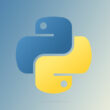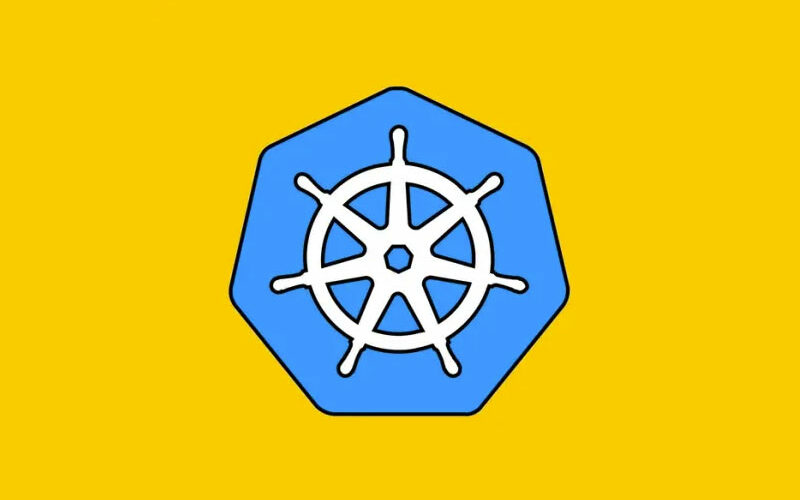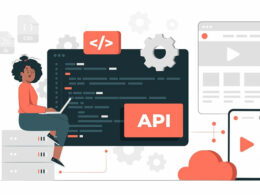Kubernetes is an open-source container orchestration system. While initially designed by Google, it has grown through collaboration with many organizations and individuals. Kubernetes automates containerized application deployment, scaling, and management. Its platform-agnostic allows developers to deploy and manage applications at scale.
Developers can use Kubernetes to manage applications on cloud platforms or on-premises infrastructure. Likewise, organizations can use this method to achieve efficient, scalable, and reliable application deployment and management processes.
For beginners and advanced developers, here are the best Kubernetes features you can use.
Feature #1: Kubernetes is an open-source project.
Kubernetes is a famous open-source project. Its freely available source code allows inspection, customization, and community collaboration. In addition, it offers flexibility in deployment. Users can deploy to on-premises, hybrid, or public cloud infrastructure options.
Feature #2: Kubernetes allows easy scalability.
Kubernetes can handle varying workloads, from large projects to small tasks. You can scale applications up and down based on demand. Its Horizontal Pod Autoscaling (HPA) adjusts deployments or replica sets based on predefined metrics, like CPU and memory usage.
Feature #3: Kubernetes automates processes and deployments.
Kubernetes can simplify how you manage containers and your technical team’s work. It automates various application processes and service deployment tasks that would otherwise be carried out manually. For example, Kubernetes can automate the rolling out of updates to application versions. It monitors the health of running containers and restarts failed ones.
Feature #4: Kubernetes protects sensitive data with strong security.
Kubernetes understands security is essential for all users, from personal data to business records. A Kubernetes cluster keeps data safe by ensuring only authorized services or users can access sensitive info.
Your Kubernetes objects control which services or users can access specific resources within the cluster. It integrates with external secret management tools to store passwords, API keys, TLS certificates, and similar data. Only authorized applications or containers can access the data.
Feature #5: Kubernetes automatically deploys updated versions.
Kubernetes can automate rollouts. It streamlines the process of introducing updated versions of an application, minimizing downtime and disruptions for users. As an added level of security, Kubernetes has a rollback mechanism. It can automatically revert to a previous version. Developers can define the state of deployed containers, roll out changes, and rollback if they detect errors.
Feature #6: Kubernetes supports vertical and horizontal scalability.
Kubernetes allows vertical and horizontal scaling. This type of scaling can be done manually. Users can adjust resource requests and limits. They may also directly modify the number of pod replicas. Additionally, Kubernetes offers auto-scaling features. It may scale deployments based on CPU, memory usage, or other predefined metrics.
Feature #7: Run Kubernetes with declarative configuration.
Kubernetes relies on declarative configuration, allowing you to define the desired state of your applications. You can specify settings like pod replicas, resource requirements, or environment variables. If a discrepancy arises between the desired and actual states, Kubernetes takes corrective actions. It may scale pods, restart containers, or roll out updated deployments.
Feature #8: Discover, connect, and collaborate with different services.
Service discovery is critical in a microservice architecture. When deployed, Kubernetes can discover and communicate with different services.
With its built-in service discovery mechanisms, Kubernetes allows services to be identified and accessed by other services within a cluster. In addition, it becomes a stable endpoint for replica pods, helping load-balance traffic across all.
Feature #9: Automate bin packing and optimize resource management.
Kubernetes can automate bin packing and avoid overloading individual nodes. It schedules containers on cluster nodes based on resource requirements, utilization, and availability. The platform can also automatically scale the number of nodes in a cluster based on demand.
Kubernetes emphasizes optimal resource allocation. Users can set resource quotas and limits to ensure applications do not consume excessive resources.
Feature #10: Kubernetes has self-monitoring functionality.
Kubernetes will actively monitor itself to ensure nodes and containers work as intended. If a node or container fails, the platform detects the problem. It can then take corrective action without human intervention to restore function.
Kubernetes can restart failed containers or reschedule containers on healthy nodes. It also replaces failed nodes with updated versions. Thanks to its automated error detection system, users may recover from failures quickly and effectively.
Feature #11: Kubernetes can accommodate business growth.
Kubernetes offers functionalities to accommodate increased business demands. As your organization grows, the platform can provide tools to help with your complex resource requirements. This flexibility means you can deliver applications reliably, from small businesses to global corporations.
Feature #12: Storage integration for applications.
Kubernetes offers integration mechanisms like persistent volumes and persistent volume claims. Likewise, Kubernetes developers may store application data flexibly using ConfigMaps and Secrets to manage configuration data or sensitive information.
Additionally, Kubernetes allows storage integration with cloud solutions like Amazon or Google Cloud Storage. With this approach, users can avoid being locked into a specific vendor. Instead, they can choose between multiple cloud providers and establish data centers on premises.
- Professional Video: Cinematography Apps Like FiLMiC Pro - April 26, 2024
- Optimizing Your Shopify Store for Maximum Dropshipping Success - April 26, 2024
- Python Explained: What is Python Used For? - April 26, 2024









